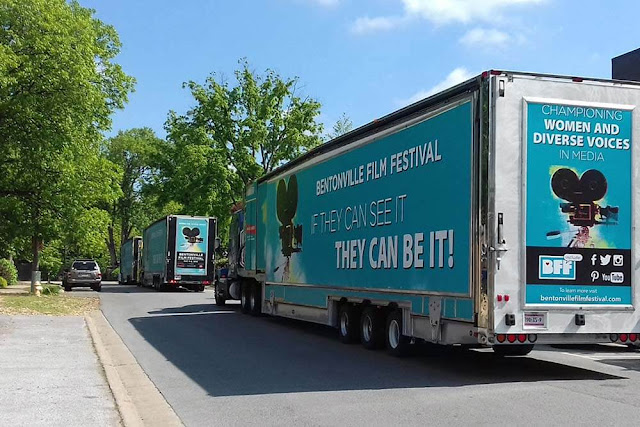Get easy way to calculate your Experiential Marketing
Well, one of the biggest pitfalls of experiential marketing campaigns is the difficulty of gauging its overall success. And, just because you experience a great turnout and participation at your activation doesn’t mean that it accomplished anything for your brand. However, those who attempt to engage in experiential marketing assume there’s simply no easy way to track the results, so they decide not to worry about it. And, this often leads to a lot of wasted time, effort and money. Therefore, without measuring the ROI (Return on investment) which means an easy thing to calculate if you're doing Pay-Per-Click (PPC) advertising campaign, then how can you improve your efforts over time? Take a look at a few tips to get back on track with tracking the ROI of your experiential marketing Agency:
1. ESTABLISH A GOAL
Firstly, you can’t track the success of anything without first defining what success means. Thus, the first step of any experiential marketing push is to clearly define at least one goal. So, ask yourself what the ultimate purpose and core values of your campaign or event are trying to accomplish. And, do you want to increase sales? Plus, are you trying to raise awareness about a new product or service? As well as are you attempting to branch out into different markets or appeal to different demographics? Thus, by establishing clear goals, you are setting the cornerstones for an effective campaign.
2. QUALITY TRUMPS QUANTITY
Next, as mentioned in the opening paragraph, just because a throng of people show up at an event doesn’t mean it’s considered successful. So, again, remember to keep in mind your goals and key performance indicators (KPIs). And, the truth is that it’s far better to have genuine interactions with smaller groups of consumers than it is to have superficial interactions with much larger groups. Also, for one thing, when someone genuinely interacts with a brand and is emotionally connected by its message, they are more likely to spread the word to others. Therefore, without question, positive word of mouth is a KPI that’s universal among all experiential marketing campaigns.
3. UNDERSTANDING METRICS
Moreover, establishing how your KPI’s are defined and tracked is a crucial next step in understanding your event’s ROI. For instance, if you want to boost sales, the ideal outcome would be a spike in sales. So, if your main concern is raising brand awareness, then you’ll be looking for a spike in online mentions of your brand. And, after defining your goals, associate the appropriate KPIs that align with your overall strategy.
4. BRAND AWARENESS RESEARCH
Also, if your budget allows it, engaging in brand awareness research before, during and after an experiential marketing event is an excellent way to assess its success. And, this approach is best utilized when raising brand awareness for a new product or service. Plus, surveys are a great tool to leverage this. As well as surveying your target demographic before, during and after an event, you can gauge how their perception potentially changed based on their experiences. Preferably, you will want to see a participant who little knowledge about your brand has become more aware, engaged and enthusiastic about your offerings.
5. THE FUTURE OF MEASURING EXPERIENTIAL MARKETING ROI
Furthermore, not surprisingly, more ways to connect and track ROI of experiential marketing efforts are on the horizon. For instance, facial recognition and tracking software, which can be used at live events to assess faces in the crowd for things like age, gender and even how long they hang out at a particular destination. Hence, such software can even track how many people are smiling or otherwise expressing happiness, which is a useful metric in its own right. Also, this software and other new technologies aren’t so widespread just yet, but you can expect to see them come into their own over the next few years.




Comments
Post a Comment